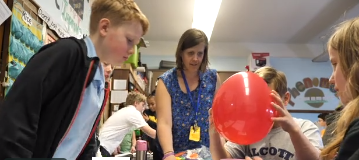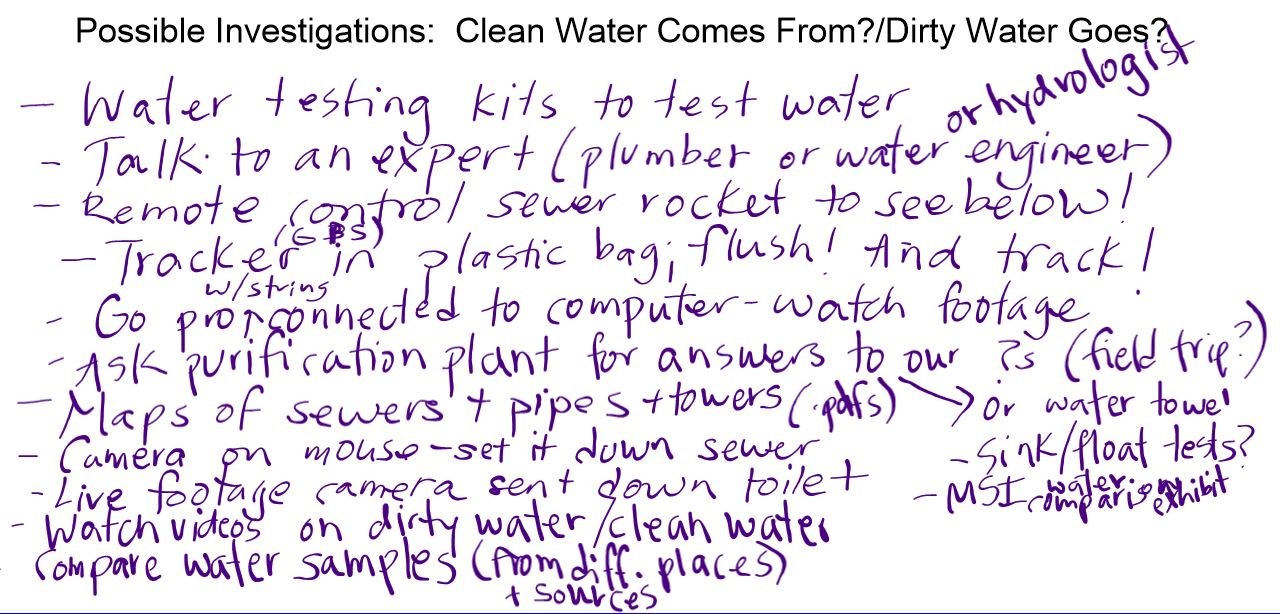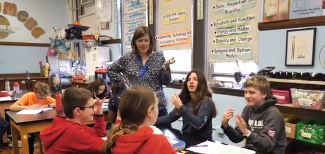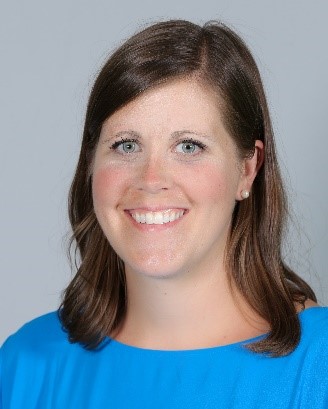Building Classroom Community in an NGSS-Aligned Elementary Science Classroom
By Gretchen Brinza
Posted on 2019-06-17

In an elementary science classroom, it’s not incredibly challenging to motivate students to want to do science and engineering. I find that the students at the grade-level I teach (fifth) are excited about school and learning and their attitudes mirror the words of the Framework for K–12 Science Education: The actual doing of science or engineering can also pique students’ curiosity, capture their interest, and motivate their continued study; the insights thus gained help them recognize that the work of scientists and engineers is a creative endeavor [5, 6]–one that has deeply affected the world they live in.” (Framework 2013, 42-43).

Because of this vision for science and engineering education, I recognize that I must capitalize on this incredible interest by building community, the natural glue, to serve as the foundation for our classroom culture of “figuring it out.” Over time, I have realized that this community-building process is slow, yet deliberate, and by doing it thoroughly and thoughtfully, the class gains so much more than ever intended. It not only increases their science knowledge, but also helps students develop respectful relationships with one another. Students acknowledge the importance of listening meaningfully to one another while respectfully disagreeing with someone else’s ideas. They also come to value the meaning and importance of consensus.

First things first. We establish norms early, publicly post them, and revisit them daily. Building classroom community is a work-in-progress for these young students. It’s also a way to ensure that everyone has a voice, that science ideas are built together over time, and that we make sense of what we’re doing in a way that is collaborative, not isolating. We do a lot of “talk science,” moving between statements and questions that encourage us to not only value what someone has said but also try to bring meaning and understanding to their ideas.
For example, the statements “Are you saying…?”; “Say more”; and “What do you mean by…?” encourage students to recognize that we value what they have to say. This sense of respect between one another also enables us to accomplish more in the long run because we feel safe and trust one another with our ideas, even if we disagree with them.

Second, we build our classroom community together by recognizing that as a community of scientists and engineers, we design our learning together. As the teacher, I am not the giver of information, but rather a facilitator who is also “figuring out” science ideas alongside students. This means that as we engage with phenomena, the investigation ideas are chosen by the students. If the class agrees on an idea to investigate that they think will hopefully answer class questions, these ideas are publicly posted alongside the norms. These investigation ideas remind students that they are the ones who not only have to do the “figuring out,” but they also depend upon one another to build the ideas over time.

Finally, a big idea that emerges from student-led investigations is that sometimes the classroom community’s investigations bring us somewhere, and at other times, they don’t. Either way, our class celebrates the roads we’ve traveled in this process, and we accept failure and success together.
For example, in a fifth-grade unit designed to show where our clean water comes from and where it goes after use, we wanted to discover which way treated water flowed once it left a wastewater treatment plant. Thinking that boat traffic or wind had something to do with it, we tried putting wind-up toy boats in containers of water and running fans over those same containers. To no avail, the water didn’t flow. But when we tilted the containers, water came rushing out, demonstrating how elevation plays a role in flowing water. Without the “failed” investigations, we never would have learned to what we needed to figure out, and missed out on a success story for our class! From here, we could then uncover where treated water ended up in our city.
Each year, as a new group of students walks in, or I loop with another group of students, I am excited to build community with them, either by starting new, or picking up where we left off. My excitement for building community in science inspires my students, and we hit the ground running…with one another, working together.

Gretchen Brinza is a fifth- and sixth-grade science teacher in the Chicago Public Schools. She is NGSX trained and an author and pilot teacher for both NextGen Storylines and PAGES curriculum development. She is the 2016 PAEMST Awardee for K-6 Science in Illinois and was honored as the 2017 Illinois STEM Educator of the Year. She is always willing to learn more about three-dimensional learning and the positive impact it has on student learning in science.
Note: This article is featured in the June issue of Next Gen Navigator, a monthly e-newsletter from NSTA delivering information, insights, resources, and professional learning opportunities for science educators by science educators on the Next Generation Science Standards and three-dimensional instruction. Click here to sign up to receive the Navigator every month.
Visit NSTA’s NGSS@NSTA Hub for hundreds of vetted classroom resources, professional learning opportunities, publications, ebooks and more; connect with your teacher colleagues on the NGSS listservs (members can sign up here); and join us for discussions around NGSS at an upcoming conference.
The mission of NSTA is to promote excellence and innovation in science teaching and learning for all.
Future NSTA Conferences
2019 National Conference
STEM Forum & Expo
2019 Fall Conferences
Equity Teaching Strategies Elementary

